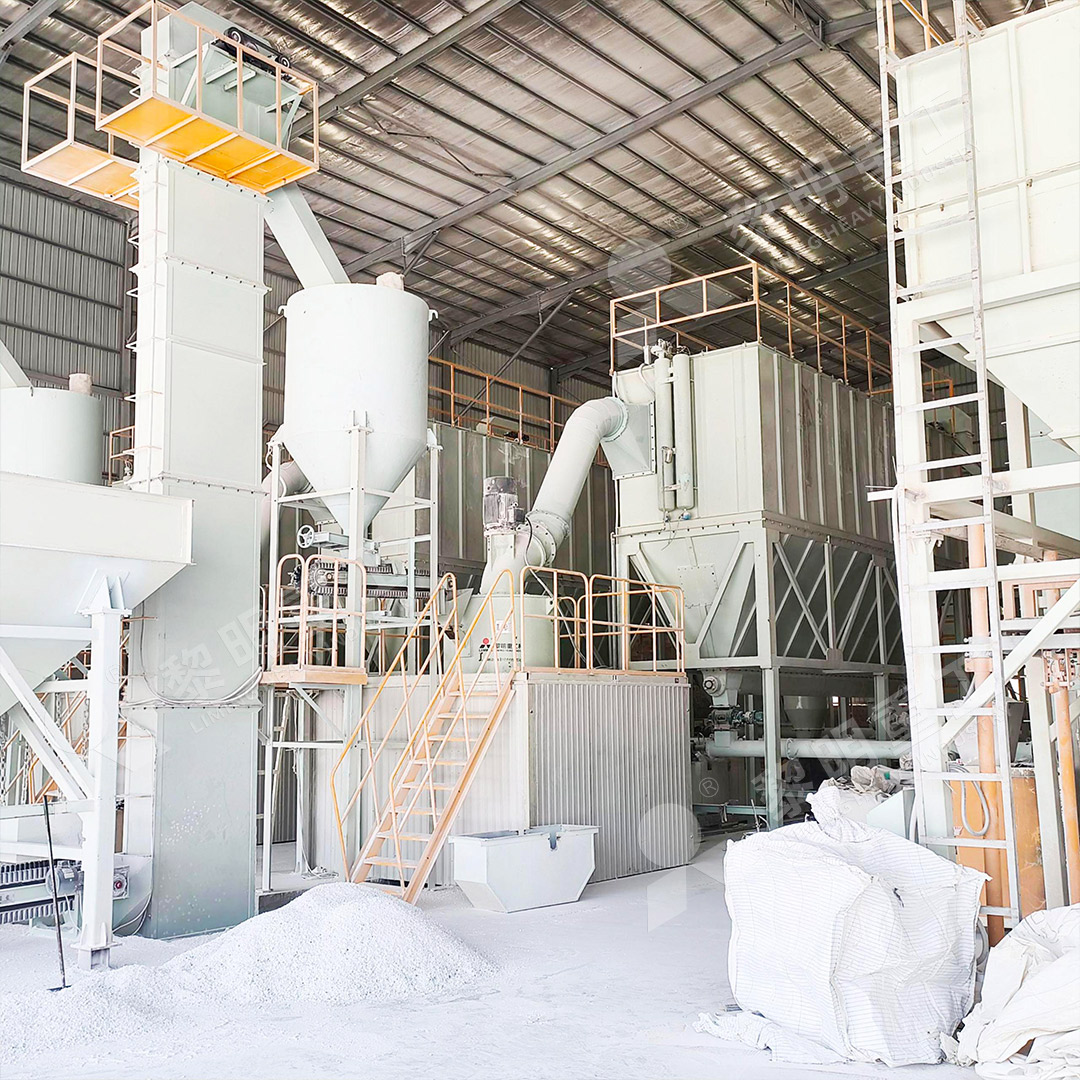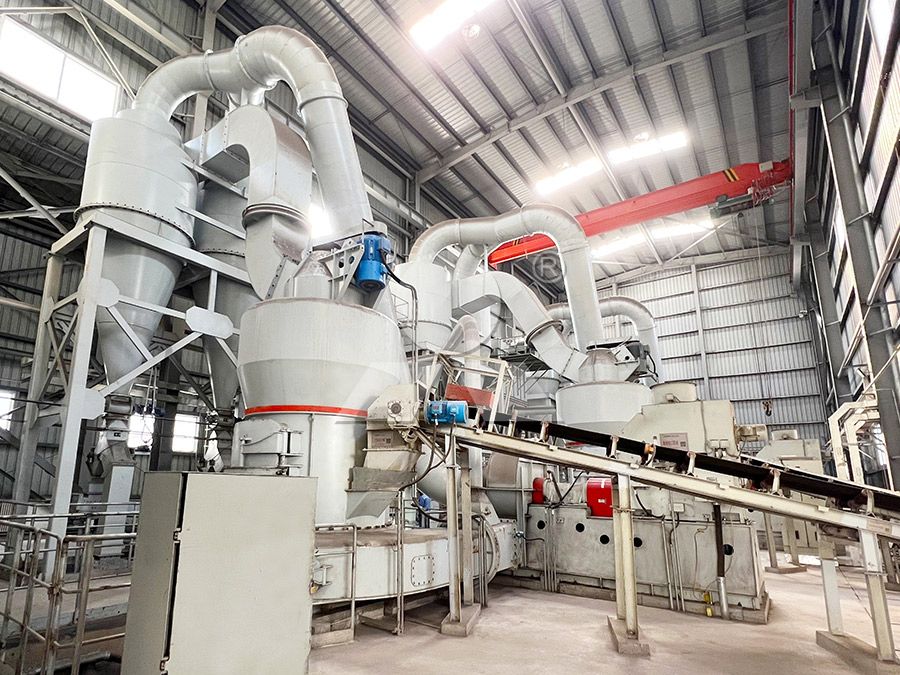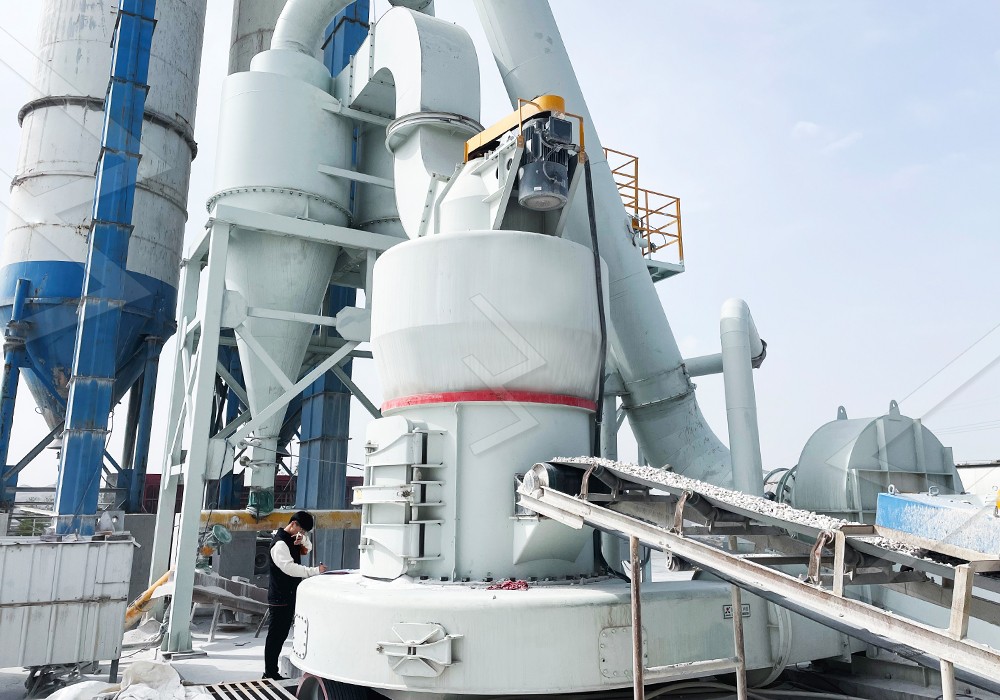Barite Grinding Mill: Types, Selection, and Cost Analysis
Barite Grinding Mill: Types, Selection, and Cost Analysis
Barite, a mineral composed of barium sulfate, is crucial in various industries including oil and gas drilling, paint, plastics, and medical applications. Proper grinding is essential to achieve the desired particle size and purity for these applications. Selecting the right grinding mill can significantly impact production efficiency, product quality, and operational costs. This guide explores the primary mill types suitable for barite processing and provides a framework for making an informed selection.
Common Types of Grinding Mills for Barite
The choice of grinding mill depends on the required fineness, capacity, and the specific properties of the raw barite ore. Here are some of the most effective mill types:
- Raymond Mill (R Series): A traditional and reliable choice for coarse to medium-fine grinding (up to 425 mesh). It is known for its simple structure, low investment cost, and stable operation, making it suitable for small to medium-scale production.
- MTW/MTW-Z European Trapezium Mill: An upgraded version of the Raymond mill, offering higher efficiency, lower energy consumption, and finer output. Its bevel gear overall drive and inner thin-oil lubricating system ensure smooth and reliable performance for producing powders between 80-400 mesh.
- Ball Mill: A versatile workhorse capable of grinding barite to a wide range of fineness. It is a robust option but generally has higher energy consumption compared to more modern vertical mills.
- LM Vertical Grinding Mill: This mill integrates crushing, drying, grinding, and classifying, making it highly efficient for medium to large capacities. It significantly reduces energy consumption and footprint, ideal for producing coarse to medium-fine barite powder.
The Modern Choice: Ultrafine Grinding Solutions
For applications demanding ultra-fine barite powder (finer than 800 mesh), such as high-grade paints, coatings, and advanced composites, specialized ultrafine grinding mills are necessary. These mills are engineered for high precision and efficiency.
For operations requiring superior fineness and high production rates, the MW Ultrafine Grinding Mill stands out. Designed for customers who need to make ultra-fine powder, this machine is a pinnacle of efficiency and environmental consciousness. It is equipped with an efficient pulse dust collector and muffler, ensuring minimal dust and noise pollution. A key advantage is its innovative design that eliminates rolling bearings and screws in the grinding chamber, freeing users from worries about bearing damage or machine failure caused by loose components. With an adjustable fineness between 325-2500 meshes and a capacity ranging from 0.5 to 25 tph, the MW Series delivers higher yield with lower energy consumption, making it an economically sound and reliable choice for high-end barite processing.

Another excellent option for achieving a fine and uniform product is the LUM Ultrafine Vertical Grinding Mill. It combines advanced grinding roller technology with German powder separating technology. Its unique roller shell and lining plate grinding curve make it easier to form a material layer, enabling a high rate of finished products in a single pass. This design not only enhances grinding efficiency but also improves the whiteness and cleanliness of the final barite powder, which is critical for many premium applications.
Key Factors in Mill Selection and Cost Analysis
Choosing the right mill involves a careful balance of technical requirements and economic considerations.
- Required Fineness & Capacity: Clearly define your target particle size (mesh) and hourly production needs. Ultrafine mills like the MW Series are essential for very fine specifications.
- Energy Consumption: Operational cost is dominated by power usage. Vertical mills and modern trapezium mills typically offer 30-50% energy savings over traditional ball mills.
- Total Investment: Consider not only the machine’s purchase price but also costs for installation, foundation, and auxiliary equipment. Integrated systems like the LM Vertical Mill can reduce comprehensive investment.
- Operating & Maintenance Costs: Evaluate the longevity of wear parts, ease of maintenance, and availability of spare parts. Mills with designs that facilitate easy part replacement and offer reliable technical support, a hallmark of our products, minimize downtime and long-term expenses.

Conclusion
Investing in the correct barite grinding mill is a strategic decision that directly affects product quality and profitability. While Raymond mills and ball mills serve well for standard applications, the move towards ultrafine powders demands advanced technology like the MW Ultrafine Grinding Mill. By thoroughly assessing your fineness requirements, capacity needs, and total cost of ownership, you can select a mill that ensures efficient, cost-effective, and high-quality barite production for years to come.

Frequently Asked Questions (FAQ)
Q1: What is the typical fineness range for barite used in drilling mud?
A1: For drilling mud applications, barite is typically ground to a fineness of 75-200 microns (200-75 mesh). A Raymond Mill or MTW European Trapezium Mill is often sufficient for this purpose.
Q2: How does the MW Ultrafine Mill achieve lower energy consumption?
A2: The MW Mill features newly designed grinding curves and a highly efficient cage-type powder selector. This enhances grinding efficiency, allowing it to achieve 40% higher capacity than jet mills with system energy consumption being only 30% of a jet mill.
Q3: What about noise and dust control in your grinding mills?
A3: Environmental protection is a key design focus. Our mills, including the MW and LUM series, are equipped with efficient pulse dust collectors and mufflers. The entire system operates under negative pressure, preventing dust spillage and reducing noise to meet national environmental standards.
Q4: Can your mills process materials other than barite?
A4: Absolutely. Our grinding mills are versatile and can process a wide range of non-metallic minerals, including limestone, calcite, dolomite, talc, and gypsum, among others.
